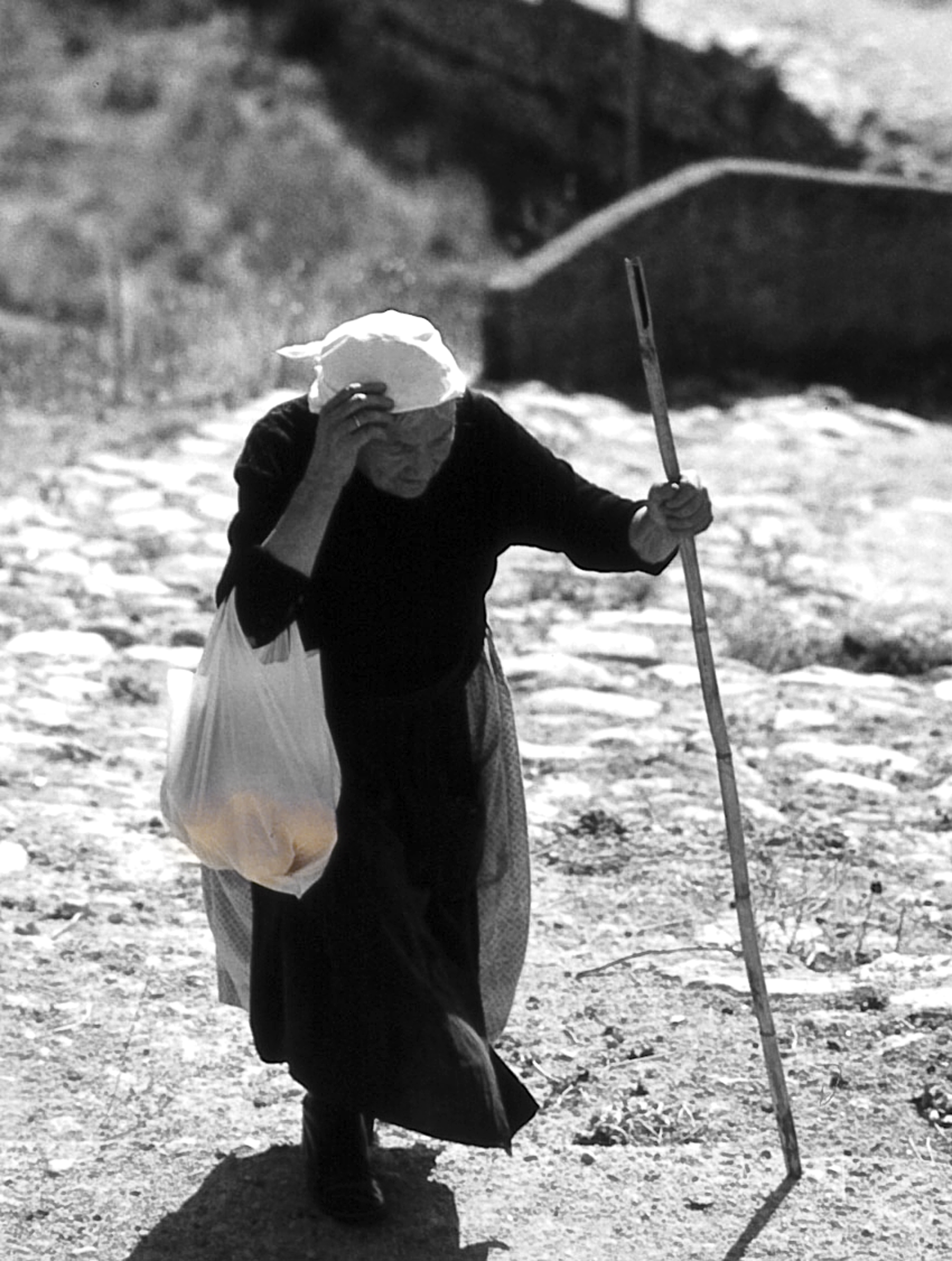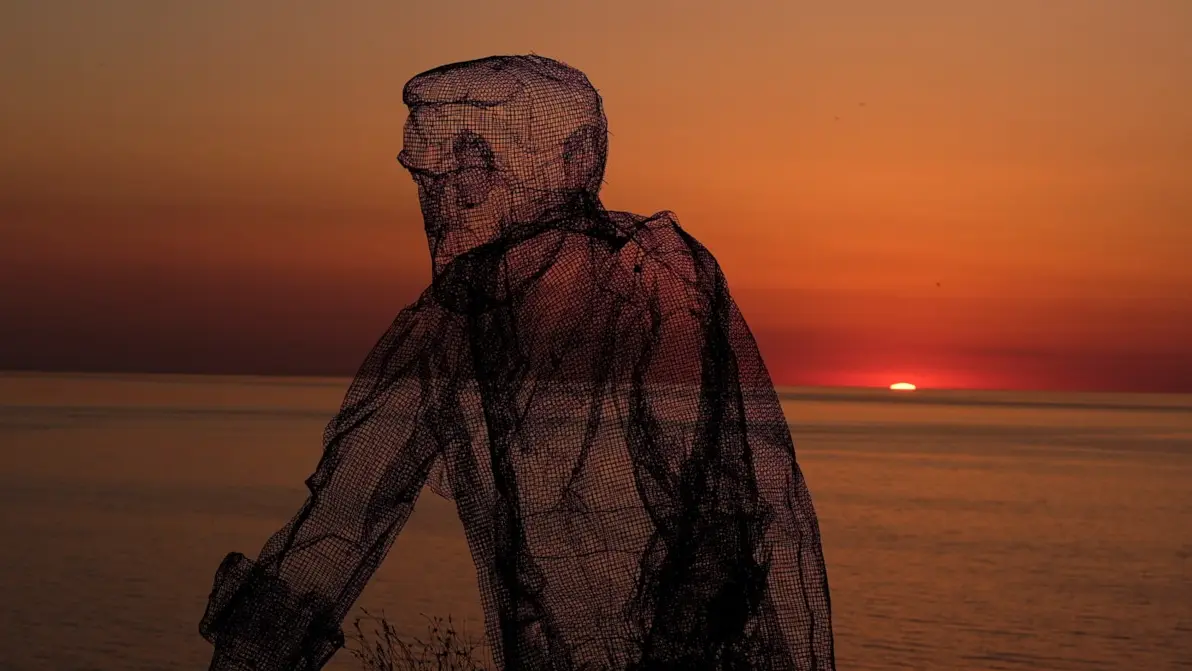Africo Vecchio, the ghost town at the foot of Aspromonte
Discovering a magical place, between history, legend and nature

Living slow
Regione Calabria
Among the ghost towns in the region, Africo Vecchio and Casalnuovo, in the Aspromonte National Park in the province of Reggio Calabria, are examples of a history that has been interrupted but not forgotten.
Destroyed by the terrible floods that struck much of the Aspromonte massif in the 1950s, Africo Vecchio (or Africo Paese) was swept away and its community forced to move to the coast, where Africo now stands.
The trip is not easy, but the effort of reaching Africo Vecchio is well worth it!
History of the ghost town of Africo Vecchio
The history of what is now a "ghost town" is very ancient: it dates back to the time when Africo Paese was one of the sites of Greek origin in the Casalnuovo Valley, as evidenced today by the sound of certain dialect expressions, and frequented by Basilian monks. Its agro-pastoral community always lived off the resources of the mountains, at least until the fateful date of October 1951, when the land, disrupted by floods, swept away the stone houses, the church and the school building. Since then, the village has been lost among the brambles, becoming known to everyone as Africo Vecchio. Africo Nuovo, or simply Africo, is the village that runs along the lower Ionian coast of Reggio Calabria, with its splendid cliffs, while the hamlet of Casalnuovo, on the coast, remains more easily accessible.
The history of Africo Vecchio is a memory to be cherished, a trace of a wild and authentic Calabria. The miserable conditions of its inhabitants were the subject of attention by the southern Italian scholar Umberto Zanotti Bianco: suffice it to say that at the time of its abandonment, the village was not yet reached by a road, but was connected to the rest of the world by mule tracks. Even today, those who decide to visit it must walk a long way, surrounded by the vegetation of the Aspromonte. The same vegetation that envelops the surviving ruins, creating a highly evocative setting, which, not surprisingly, has made Africo Vecchio an open-air film set, loved by directors and screenwriters, as well as hikers and trekking enthusiasts.

Africo Vecchio: what to see in the abandoned village
After an immersive walk in the nature of the Aspromonte National Park, the ruins of Africo Vecchio appear among the treetops like a vision from another era. What remains of the old village is moving: everything seems crystallised, waiting for a humanity that no longer exists, starting with the Church of San Salvatore, a single-nave church in 19th-century rural style, with its imposing bell tower and interior inhabited by small rodents and birds fluttering under the vault of the apse.
The other building symbolising the history and daily life of the Africota community is the old school. Once upon a time, in its classrooms, the children of shepherds and labourers (the same people who built it) received elementary education between one task and another, reaching it barefoot along the path, as shown in some photos from the period. Even today, the façade still bears the original sign, although it is now covered in brambles. Of the few surviving houses, only the foundations, clinging to the rock, can be seen.

https://calabriastraordinaria.it/en/news/africo-vecchio-the-ghost-town-at-the-foot-of-aspromonte



